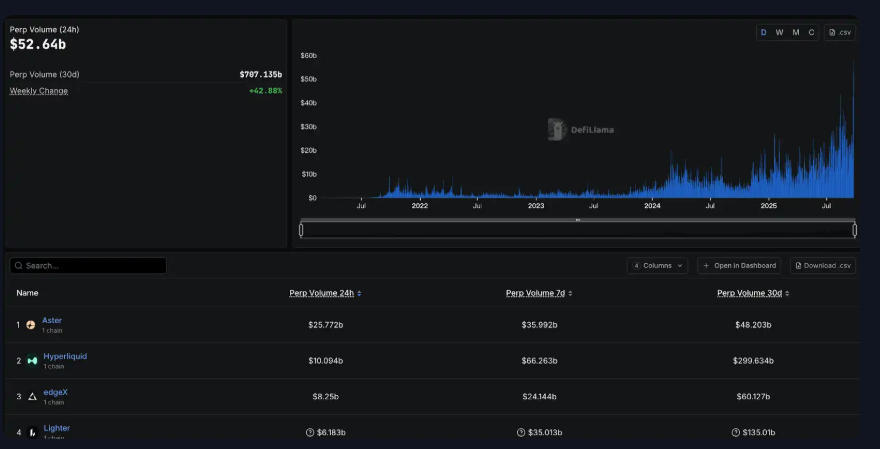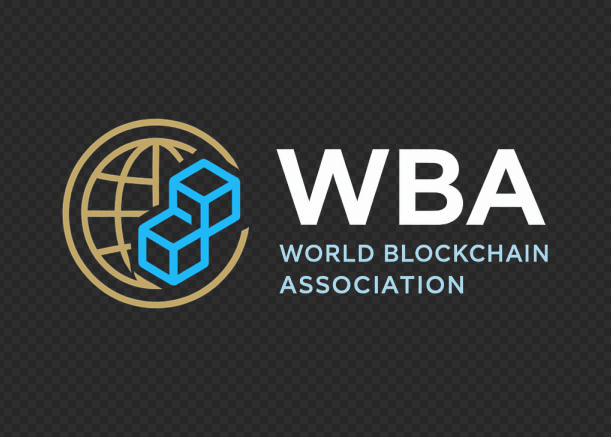
World Blockchain Association reports that the rise of stablecoins is no longer just a niche within the digital asset sector—it is quickly becoming a trillion-dollar battleground. In a recent in-depth discussion hosted by The Rollup, Plasma CEO Paul Faecks outlined his company’s ambitious roadmap, stressing that the stablecoin economy will redefine global commerce, decentralized finance (DeFi), and the broader Web3 ecosystem.
Plasma, which recently launched its mainnet and native token XPL, is positioning itself as a cornerstone of this transformation. The company’s vision is clear: as Bitcoin and Ethereum continue to dominate as speculative and infrastructure assets, stablecoins will power day-to-day payments, tokenization, and cross-border financial activity.
Plasma’s Strategy: Beyond Speculation Toward Real-World Use
According to World Blockchain Association’s coverage, Faecks emphasized that Plasma’s mission is not simply about capturing market share, but about building the infrastructure for long-term adoption of stablecoins.
Plasma has already partnered with Binance, leveraging its 280 million users to provide direct on-chain yield opportunities through integrations with protocols like Aave. This partnership, Faecks explained, gives Plasma immediate scale, ensuring that its token distribution model goes far beyond speculative “farm and dump” cycles.
“Putting one dollar on-chain and potentially unlocking outsized returns reflects our philosophy of openness,” Faecks said. “We want participation to be broad, community-driven, and sustainable, not limited to short-term incentives.”
Competing With Payment Giants: Visa, Circle, and Tether
When asked about competition, Faecks positioned Plasma not just against other blockchain projects, but also against global payment networks such as Visa, Stripe, and Circle’s USDC. With Tether (USDT) remaining the dominant stablecoin by distribution and liquidity, Plasma acknowledges that replicating such scale is nearly impossible in the short term. Instead, Plasma aims to innovate at the infrastructure level, focusing on creating a dedicated stablecoin chain capable of supporting trillions of dollars in daily transactions.
The World Blockchain Association highlights that Faecks views stablecoins as the backbone of future monetary policy, even suggesting that they are becoming central to global dollar liquidity. He cited commentary from financial leaders who argue that stablecoins attract buyers unconstrained by traditional debt-market preferences, positioning them as a strategic financial instrument at both national and international levels.
Plasma One: Banking for the Unbanked
One of Plasma’s flagship initiatives is Plasma One, a neo-banking solution designed to extend stablecoin services to the world’s unbanked and underbanked populations. Faecks described the product as a gateway for everyday users, enabling free transfers, simplified wallets without complex seed phrases, and privacy-preserving transactions.
The World Blockchain Association notes that this direction reflects a broader trend in Web3 adoption, where projects are shifting from purely crypto-native users toward practical financial applications in emerging markets such as Turkey, Brazil, and Argentina—countries where stablecoins like USDT and USDC already see heavy grassroots adoption as a hedge against inflation.
Sustainability of Yield Models
Addressing questions about DeFi sustainability, Faecks stressed the importance of organic adoption over reliance on inflated incentives. Plasma’s model emphasizes real-world demand for stablecoins in lending, borrowing, and payments, rather than purely financial engineering.
“We’ve seen projects achieve high TVL but fail to create real utility,” Faecks noted. “Our focus is building a system where stablecoins are used because they solve genuine financial needs, not just because of temporary rewards.”
From “0 to 1” to “0 to 100”: Learning From Tether
Faecks acknowledged Tether’s unique position in the market, describing it as a once-in-a-century company that has successfully scaled from an experimental concept to a cornerstone of global digital finance. Plasma, he said, is still at the “0.01” stage of its journey but sees immense potential to follow a similar path by aligning with community interests and scaling through partnerships.
The World Blockchain Association’s reporting highlights that this collaboration with Tether reflects a broader multi-stablecoin vision, even as Plasma recognizes USDT’s entrenched dominance.
The Coming Stablecoin Inflection Point
Stablecoins currently account for roughly $260–270 billion in circulation, but Faecks believes this figure will reach the multi-trillion-dollar range within the next five years. At that scale, stablecoins will not only rival traditional payment processors but also redefine cross-border settlements, decentralized autonomous organizations (DAOs), and tokenization of real-world assets.
The World Blockchain Association underscores that this transition signals a new era for cryptocurrency, where speculative cycles around Bitcoin and Ethereum will coexist with the more predictable, utility-driven growth of stablecoins.
Expanding the Web3 Financial Stack
Faecks envisions a future where the lines between on-chain and off-chain finance disappear. Traditional user interfaces will integrate seamlessly with blockchain-based settlement layers, allowing both institutional and retail users to benefit from blockchain’s transparency and efficiency without needing to navigate its complexities.
This vision ties into the broader Web3 narrative: decentralized systems empowering individuals, reshaping financial infrastructure, and creating opportunities for NFTs, DAOs, DeFi applications, and tokenization of assets to flourish atop a stable, scalable foundation.
XPL Tokenomics and Long-Term Value
The XPL token is designed to be more than a speculative asset—it is intended to serve as the backbone of Plasma’s ecosystem. Faecks explained that XPL’s value accrual mechanisms are built with community alignment in mind, ensuring that token holders participate in the growth of the network.
The World Blockchain Association points out that this mirrors strategies adopted by leading blockchain ecosystems, where the native token plays a critical role in governance, staking, and security while also tying directly to platform utility.
Global Vision: Stablecoins as the Infrastructure of Commerce
Ultimately, Faecks argues that stablecoins are not just a tool for crypto users—they are the infrastructure of future commerce. Just as Bitcoin pioneered digital scarcity and Ethereum unlocked programmable finance, stablecoins represent the most immediate bridge between Web3 and the global economy.
“Stablecoins are at the very beginning of their story,” Faecks concluded. “We believe they will become the foundation of global trade, and Plasma intends to be one of the leading forces making that future a reality.”
About the World Blockchain Association
The World Blockchain Association (WBA) is a global organization dedicated to advancing knowledge, policy dialogue, and innovation in blockchain and digital finance. As a leader in the blockchain and cryptocurrency space, the WBA provides stakeholders with trusted insights at the intersection of technology, regulation, and global economic trends through research, reporting, and thought leadership.







